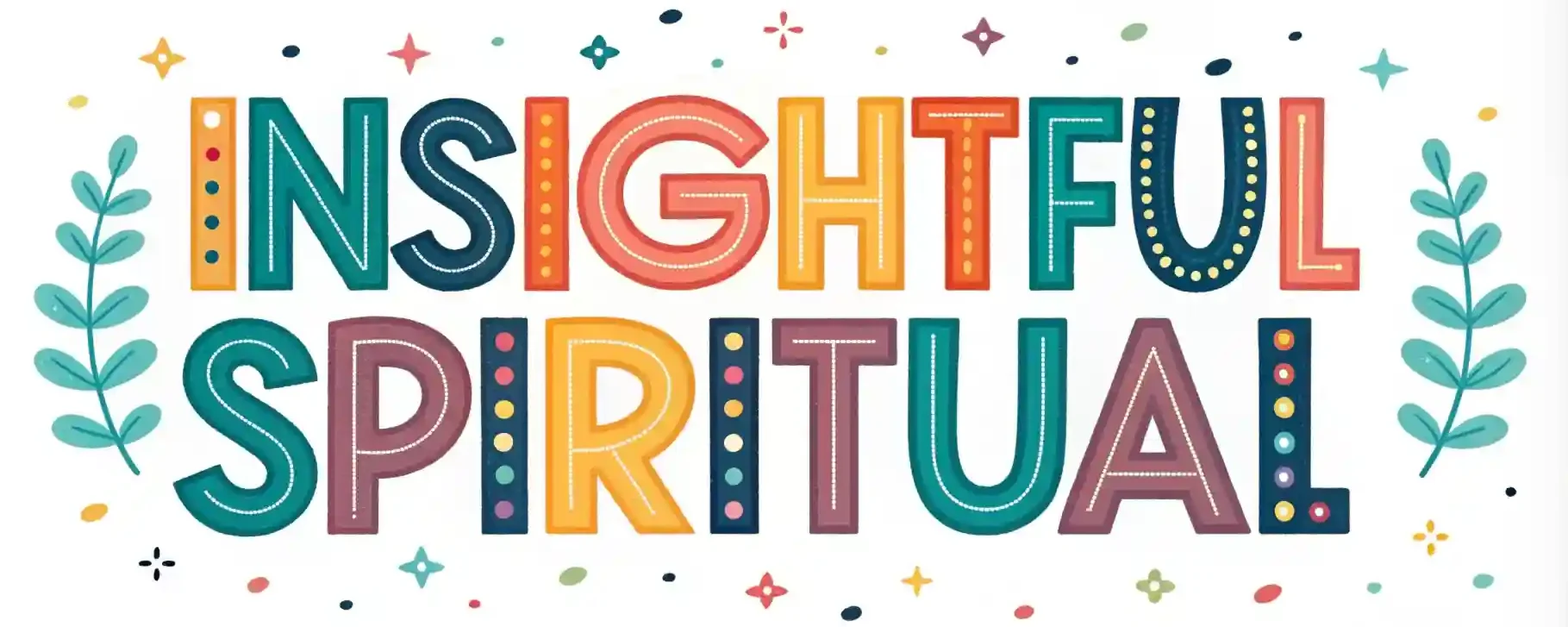Stepping on a Crack: Superstition Meaning Explained
Stepping on a crack is a common thing many people worry about. Some believe it brings bad luck or harm. These ideas have been around for a long time and come from different cultures. People see cracks as symbols of instability, spirits, or places where danger can hide. Because of these beliefs, many act carefully when they see cracks on the ground.
These superstitions stay alive because humans like to find ways to feel safe. They want to control the risks around them and avoid accidents. Looking at what stepping on a crack means can help us understand how people think about safety and luck. It shows how superstitions can influence daily choices.
In the end, the idea of stepping on a crack reminds us that many beliefs come from a desire to stay safe and avoid trouble.
Origins of the Crack-Related Superstition
The idea that stepping on a crack is unlucky goes back hundreds of years. Back then, people believed that cracks in the ground or pavement had special meaning. They thought cracks might be linked to spirits.
Some stories say that cracks can hide bad or upset spirits. If you step on a crack, it might disturb these spirits. This made people avoid cracks to stay safe.
Over time, this belief turned into a simple rule many people follow today. These old stories show how superstitions can grow from cultural ideas. They help people feel a bit more in control when things seem unpredictable around them.
Cultural Significance Across Different Societies
People in different parts of the world have their own ideas about cracks and what they mean. In many cultures, people avoid stepping on cracks because they think it can bring bad luck or cause trouble.
Some communities see cracks as signs of weakness or breakage in the land, or even in personal relationships.
Other groups believe cracks are special. They may see them as connections to ancestors or spirits. These beliefs are passed down from older generations.
Different societies have different stories about cracks. Still, all these ideas show how people try to understand their world.
Learning about these beliefs helps us see how human culture uses symbols to make sense of life.
The Common Beliefs and Warnings Associated With Cracks
Many people believe that stepping on cracks can bring bad luck. They think cracks are fragile lines that can break things apart or cause problems. These ideas are common in many cultures.
Superstitions warn us to be careful when walking near cracks. Here are some main beliefs about cracks:
- Bad luck for health or family — stepping on a crack might lead to sickness or fights at home.
- Disruption of balance — cracks are seen as signs of instability. Crossing them is believed to mess up harmony and peace.
- Potential accidents — many believe cracks can cause accidents. People worry about tripping or falling if they step on them.
These beliefs show how many cultures try to keep safe and avoid problems. Many people follow these superstitions to protect themselves and their loved ones.
Psychological Roots of Superstitions and Their Persistence
Superstitions like avoiding cracks when walking stay with us because our minds look for patterns. When we don’t see clear answers, our brains try to make sense of things.
Superstitions can help us feel more in control or help us feel safe. Our brain has certain biases—mistakes in thinking—that make us believe some actions have meaning, even if they don’t. For example, stepping on a crack might seem like it causes bad luck, but really, our brain is just trying to find a reason in random events.
These biases make superstitions stick around. They satisfy our need to be sure and feel connected. When we practice superstitions again and again, they seem more real and important, even without proof.
Variations of the “Stepping on a Crack” Superstition Worldwide
Across different parts of the world, people have special ideas about stepping on cracks while they walk. These ideas come from local beliefs and traditions. Usually, people try to step carefully to avoid causing harm or luck problems.
In some Asian countries, people think stepping on cracks shows disrespect to spirits. If you do, you might face bad luck. It’s better to walk carefully and avoid cracks.
In Europe, many believe that avoiding cracks keeps loved ones safe. People think that stepping on a crack can bring trouble to family or friends. So, they’re careful with their steps.
Indigenous groups sometimes believe cracks are places of sacred power. They avoid stepping on cracks to respect the land and spirits. This shows that cracks can have a spiritual meaning.
These different ideas show how people view cracks in many ways. Some see them as dangerous, some as protective, and others as sacred. All these beliefs shape how people walk and show respect in their culture.
Symbolism and Interpretations of Cracks and Breaks
Cracks and breaks in surfaces hold different meanings in many cultures. Sometimes, these flaws are seen as more than just damage. They can show feelings like vulnerability or mark changes happening inside us.
Many beliefs think cracks are warnings of bad things to come. For example, some say stepping on a crack can bring bad luck or hurt loved ones. Others see cracks as chances to grow and start fresh.
They believe breaking through cracks helps us leave old limits behind. These ideas show how people have long given special meaning to surface flaws. They mix superstitions with stories from their cultures.
This helps us understand how our beliefs shape how we see everyday objects and spaces.
Impact of Superstitions on Behavior and Decision-Making
When people believe in superstitions, it affects how they act and the choices they make every day. Superstitions come from wanting to stay safe, find luck, or avoid bad things.
For example, someone might:
- Avoid walking under ladders because they think it brings bad luck.
- Carry a lucky charm or item to feel more confident.
- Follow specific routines to bring good luck.
These actions show how superstitions can shape daily decisions. Sometimes, people hesitate or change their plans because of these beliefs, and they mightn’t even notice.
Believing in superstitions can make people feel like they’ve control, especially during uncertain times. Understanding how superstitions influence decisions can help people make choices more consciously. It also helps them see the role these beliefs play in their everyday behavior.
Modern Perspectives and Reconsideration of the Belief
Today, many people see superstitions in a new light. Instead of thinking they’re just silly or outdated, some believe they’re part of culture. People are learning that superstitions like stepping on cracks are often based on old traditions, not facts. Because of this, some choose to question or stop believing in these ideas. At the same time, they still respect where these beliefs come from.
This change doesn’t mean people ignore the importance of shared stories. It shows how thoughts about superstitions can grow and change with new knowledge.
By looking at these ideas the right way, more people see superstitions as part of culture. They’re symbols people share, not fears to follow blindly.
This shift helps us understand why many now view superstitions differently. It shows how beliefs can stay meaningful while also evolving with new insights.
FAQs
Are There Scientifically Proven Risks Associated With Stepping on Cracks?
There are no scientific studies that show stepping on cracks is dangerous. Many people believe it can cause harm, but there is no proof of this. Walking on cracks is safe. You can enjoy your walk without worry. Just keep moving and have fun.
How Do Superstitions About Cracks Influence Children’S Behavior?
Superstitions about cracks can affect how children behave. Kids often believe that stepping on or breaking a crack is bad. They hear this from their friends, family, and stories, which makes them afraid to do certain things.
Because kids want to fit in and be liked, they often follow these stories. If they see a crack on the ground, they might try to avoid it. They do this because they want to stay safe and be part of their group.
This behavior helps kids feel like they belong and follow their community’s rules. Superstitions about cracks influence children to act carefully and avoid breaking cracks. It shows how what kids learn from others shapes what they do every day.
Do Different Materials (Like Concrete Versus Pavement) Affect Superstition Strength?
Different materials, like concrete and pavement, can change how strong a superstition feels. Surfaces like concrete often seem more serious, which makes the superstition seem more real. The texture of the surface and how durable it is can influence how much you believe in the superstition. Also, when you see cracks or roughness on the surface, it might make the superstition seem more important. Your need to belong or feel part of something makes you pay more attention to these small details. So, the type of material can affect how strong your superstitions seem.
Has This Superstition Evolved With Modern Urban Development?
You see how stories and superstitions about the city change as the city grows. These stories help people feel like they belong. As cities change, new meanings appear. Old superstitions mix with modern life. This helps communities stay connected through shared beliefs.
Are There Notable Historical Incidents Linked to Stepping on Cracks?
There are some stories that connect stepping on cracks with big events in history. For example, some say that stepping on cracks can cause bad luck or even accidents. In the past, people believed that breaking the ground could upset spirits or lead to bad things. Other stories link cracks in the sidewalk to important moments, like wars or disasters. These stories are often part of local traditions and take many different forms. While there is no real proof that stepping on cracks can change history, these stories show how people try to find meaning in everyday actions. Talking about these legends can help us understand local cultures and how people think about luck and history.

Hi, I’m Aurelia Starfrost, your spiritual guide at InsightfulSpiritual.com. I love exploring ancient wisdom and modern practices to help you on your journey. With a focus on meditation and energy healing, I’m here to guide you to find solace within and discover your spiritual essence.





